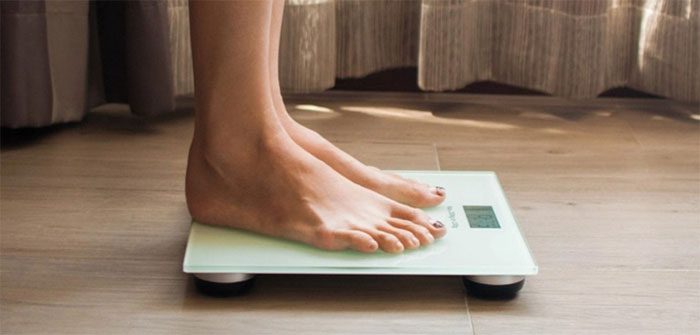Anyone who has ever tried to lose weight has likely encountered a stage where their weight no longer decreases, even while maintaining their previous diet and lifestyle.
This sudden halt in weight loss, after a period of progress, is known as a weight loss plateau. Science has identified the causes and offers solutions.
Causes of Weight Loss Plateaus
A weight loss plateau is considered a basic biological response of the body. When the body perceives a threat to its survival, it automatically activates a series of responses to protect you from that threat.
When we adjust our diets and decrease our calorie intake, the body recognizes that we are losing weight and perceives this as a threat. In response, the body adjusts to protect itself by lowering the metabolic rate and burning less energy, which slows down our weight loss.
The body also releases hunger hormones known as ghrelin, which increase feelings of hunger and stimulate eating.
Research indicates that this state begins to manifest significantly around three to six months after starting a weight loss journey, often leading to weight regain.

Weight loss plateaus are very common among long-term dieters – (Photo: Getty Images).
How to Overcome a Weight Loss Plateau
Dr. Nick Fuller from the University of Sydney (Australia) has offered strategies to address weight loss plateaus for those trying to lose weight.
Reassess Your Weight Loss Goals
The first and most important step to take when experiencing a weight loss plateau is to redefine your understanding of healthy weight.
Ask yourself: What is special about the weight goal I am striving for?
Many people use the Body Mass Index (BMI) as a benchmark for weight loss goals, but this number can be misleading. It does not fully represent what constitutes a healthy weight, as BMI overlooks two more meaningful figures: body fat percentage and fat distribution in the body.
If you exercise regularly to lose weight, you may be gaining muscle or improving your muscle-to-fat ratio, and muscle weighs more than fat. This can lead to an increase in your weight.
You may also have altered your fat distribution, reducing unhealthy fat stored in the abdomen, thereby lowering the risk of disease.
The ideal waist circumference is 90-94 cm for men and 80 cm for women. Have you achieved these numbers?
Focus on Meal Composition
The current trend is intermittent fasting, but the key issue is when to eat and how much to consume at each meal.
Studies show that morning is the best time for the body to utilize calories consumed. The body burns calories from breakfast more efficiently than from dinner, by a factor of 2.5.
Therefore, instead of reducing the number of meals throughout the day, focus on having a substantial breakfast and reducing portion sizes at dinner.
Increase Strength Training
Relying solely on dieting to lose weight can help reduce fat, but it may also lead to muscle loss. This slows down your metabolism and makes long-term weight loss difficult.
You need to incorporate strength-training exercises into your workout routine, such as bodyweight exercises like push-ups and pull-ups. Planks and air squats are also very effective.
Reevaluate Food Intake
When trying to lose weight, your body requires less fuel, so it’s essential to adjust your calorie intake.
In general, every time you lose 10% of your body weight, you need to consume 10% less calories, but make sure not to starve yourself.
Instead, focus on eating nutrient-dense foods. Allow yourself to indulge once a week.
Assess Stress Levels
Stress can hinder weight loss by increasing cortisol production in the body, which promotes fat storage and triggers unhealthy cravings.
The best way to reduce stress is through exercise. To stay motivated, engage in a sport you enjoy, no matter what it is. However, it’s also important to vary your activities, as repeating the same routine daily can lead to boredom.


















































